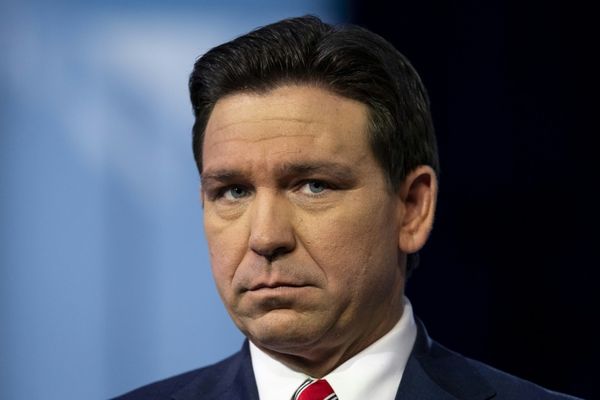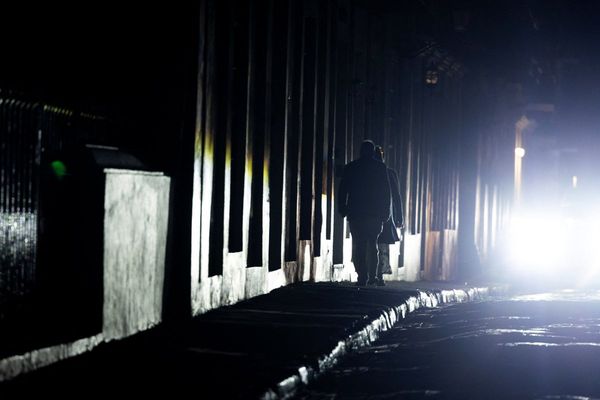
WUHAN, China/BEIJING -- The administration of Chinese President Xi Jinping has rolled back some elements of its "zero-COVID" policy, as the slowing economy and public frustration with strict infection prevention measures stoke concerns within the government.
The Xi administration was forced to make this decision almost exactly three years after symptom onset in what was said to be the first COVID-19 case was reported in Wuhan, the capital of Hubei Province, on Dec. 8, 2019.
On Wednesday morning, employees at many businesses in a shopping district in central Wuhan were busily arranging and displaying their products. As part of the eased measures, customers would no longer need to display proof of a negative COVID-19 test result to enter these shops.

Wuhan became a symbol of the Xi administration's infectious disease prevention policy after it became the center of global attention for a 76-day lockdown that ended in April 2020 and halted the spread of the novel coronavirus. Despite this, Wuhan residents were unable to contain their frustration at the repeated lockdowns imposed on parts of the city after that. According to residents, police forces and members of the public clashed during a protest near the shopping district on the afternoon of Nov. 27.
"I couldn't work for about two months," said one female employee of a shop that reopened its doors a few days after the lockdown was lifted. "I couldn't stand it any longer."
The street protests didn't just erupt in Wuhan, but also in a dozen other cities from Beijing to Shanghai. Some demonstrators called for Xi to resign and criticized the Chinese Communist Party.
Adding more pressure on the government, China's real gross domestic product in the July-September quarter expanded by only 3.9% from the same period in 2021. Achieving the government's growth target of "about 5.5%" for this year looks extremely unlikely and the unemployment rate among young people remains stubbornly high at about 18%.
The Xi administration, at a meeting of the Politburo on Tuesday, called for efforts to "uphold social harmony and stability." The indications are that there was a strong awareness of the danger that continuing extremely stringent restrictions such as compulsory PCR tests and lockdowns enforced by authorities in accordance with the zero-COVID policy could have an even greater impact on the economy and society, which in turn could shake the very foundations of the administration.
'Guessing' CCP's intentions
A day after the CCP leadership clearly suggested a plan to ease COVID-19 controls, the government announced a 10-point plan of relaxed or modified prevention measures. Infected people who are asymptomatic or have only mild symptoms may now quarantine at home and mass PCR testing will not be conducted. Other measures include ensuring unimpeded access for fire trucks, and allowing the resumption of in-person classes at schools that have no infection cases.
A fatal fire in an apartment building in the Xinjiang Uygur Autonomous Region sparked the protests. Some observers have pointed out that a barrier erected as part of the lockdown controls was one reason why the fire was able to spread. In a clear sign of the government's intention to calm the situation, some of the eased measures directly target the frustrations of university students and other young people who appeared to be at the core of the protests.
On Wednesday, the online edition of the South China Morning Post, a leading English-language newspaper in Hong Kong, said Chinese authorities are "considering downgrading COVID-19" under China's Prevention and Treatment of Infectious Diseases Law. Since January 2020, the novel coronavirus has been classified at the "top class" of infectious diseases, which required it to be managed like other highly dangerous diseases such as the plague.
The extreme prevention control measures that stayed in place across China were, in some instances, the result of regional authorities "guessing" the intention of the CCP's Central Committee, a Chinese government source said. By correcting COVID-19's status, the Xi administration could be prodding regional bodies to relax their prevention measures by effectively stripping them of the legal basis for quarantining infected people and their close contacts.
On the other hand, about 25,000 new infections were reported Tuesday in mainland China. This is about the same level as when Shanghai was under lockdown in early April. The medical system remains underdeveloped in much of China, especially in rural areas. In an article published in May, Chinese and U.S. researchers estimated that easing the zero-COVID policy could lead to 1.6 million deaths, mainly among the elderly, over a six-month period.
Read more from The Japan News at https://japannews.yomiuri.co.jp/







